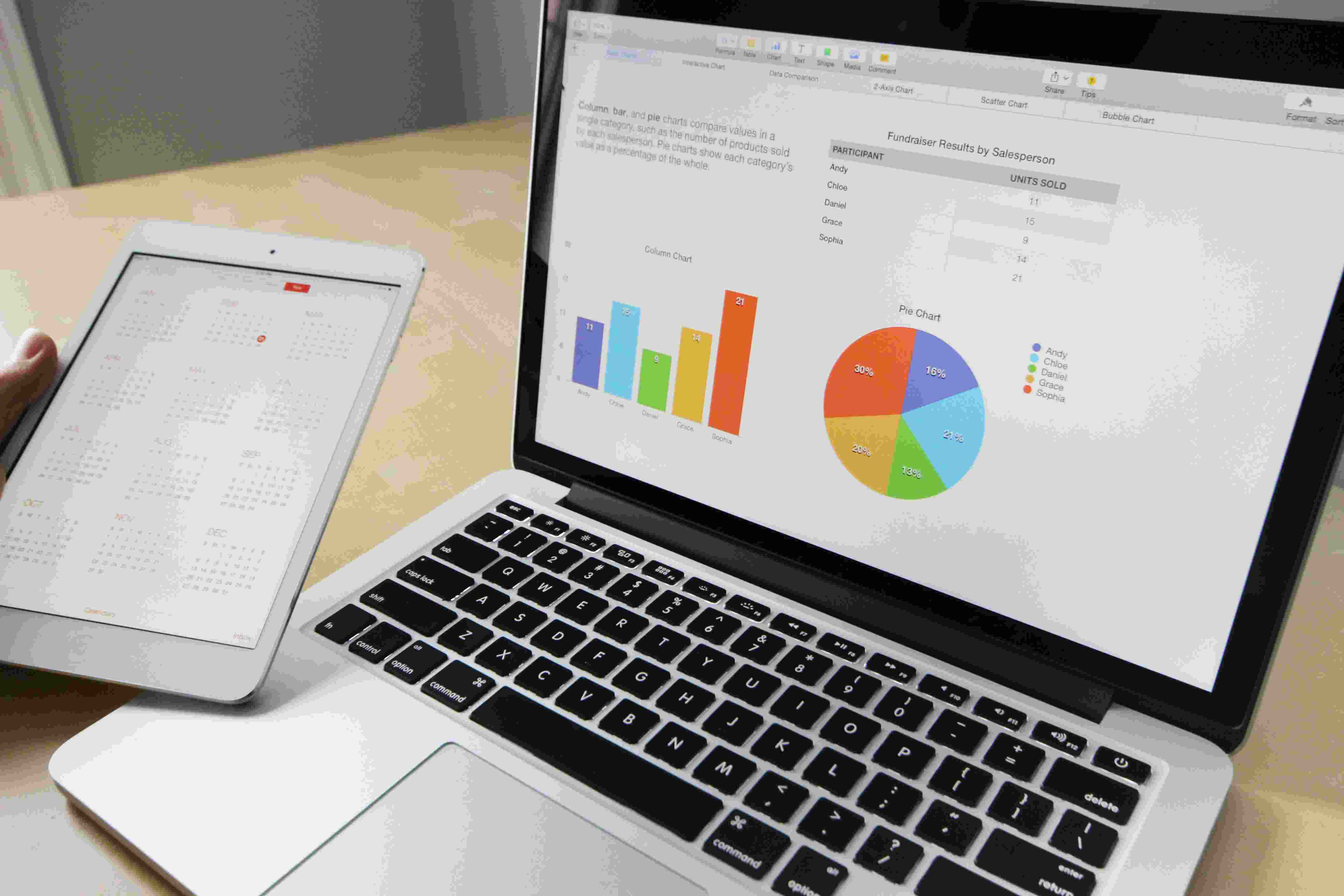In our Bachelor of Commerce (B.Com) Degree Program, you will embark on a comprehensive educational journey that delves into the fundamental principles and practices of commerce. This degree is meticulously designed to equip you with a broad understanding of various aspects of business, finance, and economics, preparing you for a successful career in the dynamic world of commerce.
What You'll Acquire:
- Core Commerce Knowledge: Develop a profound understanding of essential commerce concepts, business regulations, and industry standards.
- Financial Expertise: Master foundational and advanced principles of finance, including risk management, investment strategies, and financial analysis.
- Operational Proficiency: Learn the intricacies of business operations, including customer service, inventory management, and electronic commerce.
- Strategic Thinking: Develop strategic thinking and decision-making skills to navigate the complex and evolving business landscape.
- Comprehensive Curriculum: Access a well-structured curriculum and study materials that thoroughly prepare you for a successful career in commerce.
- Degree Certification: Upon successful completion of the program, you will receive a recognized Bachelor of Commerce degree, validating your expertise in the field.
Who Can Learn
This degree program is ideal for individuals who aspire to excel in the field of commerce, whether you're a recent graduate looking to kick-start your career or a seasoned professional seeking to enhance your knowledge and skills. Our curriculum covers essential aspects of commerce, ensuring you gain a holistic perspective and a competitive edge in the job market.
Comprehensive Curriculum Featuring:
- Overview of Basic Concepts of Economics: This unit serves as a comprehensive introduction to the fundamental principles of economics, aiming to equip students with a solid understanding of the subject matter. It covers a wide array of basic concepts essential for further exploration in the field. Students delve into topics such as scarcity, which highlights the limited availability of resources relative to unlimited human wants and needs.
- Demand Analysis: This unit focuses on understanding consumer behavior and the determinants of demand for goods and services. Students explore the law of demand, which states that as the price of a product decreases, quantity demanded increases, and vice versa, assuming other factors remain constant. Through various theoretical frameworks and real-world examples, students learn how changes in factors such as income, preferences, and the prices of related goods affect consumer demand.
- Supply and Market Equilibrium: Building upon the principles of demand analysis, this unit delves into the behavior of producers and the concept of supply in competitive markets. Students examine the law of supply, which posits that as the price of a good increases, the quantity supplied by producers also increases, ceteris paribus. By understanding how firms respond to changes in market conditions, students learn about the determinants of supply, including input prices, technology, and expectations.
- Elasticity of Demand: This unit delves deeper into the concept of demand elasticity, which measures the sensitivity of quantity demanded to changes in price, income, or other factors. Students learn about different types of elasticity, such as price elasticity of demand, income elasticity of demand, and cross-price elasticity of demand, each providing insights into consumer responsiveness to changes in various factors.
- Consumer Behaviour: This unit explores the intricacies of consumer decision-making processes, delving into factors that influence individual choices in the marketplace. Students examine consumer preferences, utility theory, and budget constraints to understand how consumers allocate their limited resources among different goods and services.
- Producer Behaviour: In this unit, students shift their focus to the decisions and strategies adopted by firms in the production and pricing of goods and services. Building upon the principles of production theory and cost analysis, students explore how firms maximize profits through optimal production levels and pricing strategies.
- Production Theory: This unit examines the relationship between inputs and outputs in the production process, providing students with a framework for understanding how firms transform resources into finished goods and services. Students learn about production functions, which represent the technological relationship between inputs and outputs, and analyze the factors influencing production decisions, such as technology, input prices, and managerial decisions.
- Laws of Production: This unit explores fundamental principles governing the production process, elucidating key concepts that shape the behavior of firms in the marketplace. Students examine the law of diminishing returns, which states that as a firm increases the quantity of one input while keeping other inputs constant, the marginal product of that input will eventually decrease.
- Cost Concepts: This unit focuses on the various costs incurred by firms in the production process, providing students with a comprehensive understanding of cost structures and their implications for decision-making. Students explore different cost concepts, including fixed costs, variable costs, total costs, average costs, and marginal costs, and analyze their relationships in the short run and the long run.
- Market Structure – Perfect Competition: This unit examines the characteristics of perfectly competitive markets and their implications for firm behavior and market outcomes. Students learn about the defining features of perfect competition, including a large number of buyers and sellers, homogeneous products, free entry and exit, and perfect information.
- Monopoly: In this unit, students explore the behavior and market power of monopolistic firms, which face limited or no competition in the marketplace. Students learn about the characteristics of monopoly markets, including a single seller, unique products, significant barriers to entry, and price-setting power. Through theoretical models such as the monopoly's profit-maximizing output and price determination, students analyze the implications of monopoly behavior for consumer welfare, market efficiency, and economic regulation.
- Monopolistic Competition: This unit focuses on markets characterized by a large number of firms selling differentiated products, each possessing some degree of market power. Students explore the features of monopolistic competition, including product differentiation, non-price competition, and relatively easy entry and exit.
- Oligopoly: This unit examines markets dominated by a small number of large firms, each possessing significant market power and strategic interdependence. Students learn about the characteristics of oligopoly markets, including a few dominant firms, differentiated or homogeneous products, mutual interdependence, and barriers to entry.
- Pricing Decisions: This unit focuses on the various factors influencing pricing decisions by firms across different market structures. Students analyze pricing strategies such as cost-based pricing, demand-based pricing, competition-based pricing, and value-based pricing, considering factors such as cost structures, demand elasticity, competitive positioning, and value perception.
Exclusive Resources and Materials:
- Interactive Lectures: Engage in dynamic video lectures that facilitate a deeper understanding of commerce.
- Subject-Specific Assignments: Hone your analytical and critical thinking skills with assignments tailored to the B.Com program.
- Multiple Choice Questions (MCQs): Test your knowledge through a series of MCQs designed to reinforce your understanding of commerce.
- Short Q&A Sessions: Participate in brief Q&A sessions to clarify doubts and foster learning.
- Comprehensive Study Material: Gain access to an extensive collection of study materials supporting your learning journey at every step.
Your Gateway to Commerce Excellence:
This degree program serves as your gateway to a successful career in commerce. Our goal is to empower you with the skills and knowledge necessary to thrive in this dynamic sector.
Join Us in This Commerce Journey:
Thank you for considering this degree program as a valuable step towards your career aspirations in commerce. We look forward to embarking on this educational journey with you and helping you become a commerce expert.
See you in the program!






